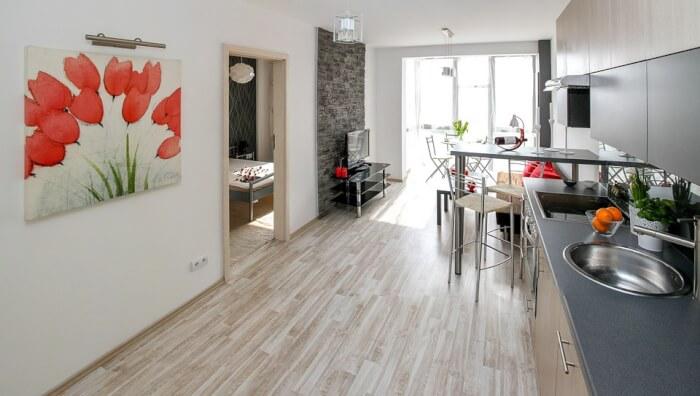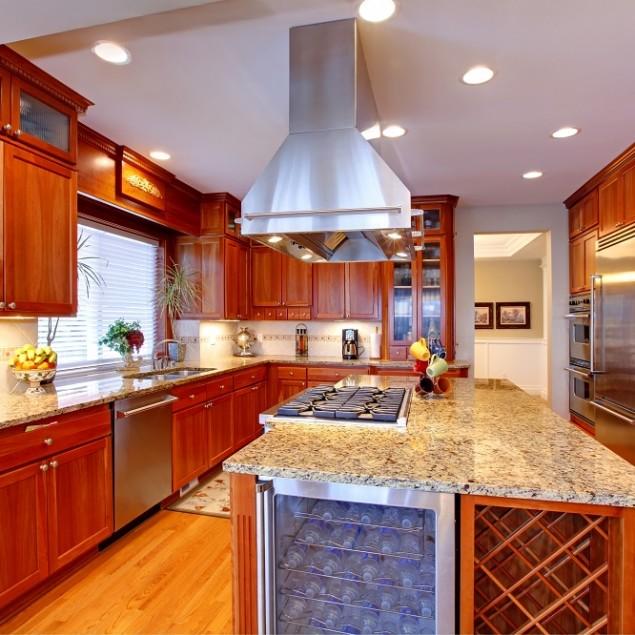If you are thinking of installing solar fountains you’ll want to know if the characteristics of these ornaments are worth the cost for your garden. Are they as easy to maintain as other types of water features?
Solar-powered water fountains are a valuable addition to your garden landscape. Even at night, certain solar-powered water fountains can work. There are many considerations that need to be made to find the optimal performance of solar-powered waters features to best fit your needs. These considerations include materials of the water feature, the position, cable length to the solar panel, solar panel sizes, and if the battery backup is included.
This article will address the considerations mentioned for solar fountains and evaluate different types for you to find out which type of fountain will best fit your needs. We will discuss tips on how to keep them maintained and get the most out of them. Information will include the advantages and cons of some of the top-selling kinds of solar water features.
What are solar fountains made of?
Solar-powered water fountains are made with the same materials as traditional water fountains. Each type of material has its own advantages and disadvantages:
Ceramic
- Advantages
- Ceramic water fountains are generally handmade and fashioned from glazed and fired clay, which produces a smooth finish
- Ceramic water fountains are easier to maintain and clean than water fountains made of other materials
- Each ceramic water fountain is handcrafted in a special manner for its own unique look
- Disadvantages
- They are likely to shatter when dropped or tipped over
Terracotta
- Advantages (the same as ceramic fountains)
- They are hand made thus they are unique
- Disadvantages
- Don’t have a smooth finish
- Harder to clean than ceramic
- Can be brittle
Polystone
- Advantages
- Polystone water fountains consist of dense substances, produced through the mixture of resin and sand.
- They are more durable than water fountains of other materials
- They are more adaptable because varying ratios of resin to sand or steel provide coatings that vary in color, texture, and thickness.
- Disadvantages
- Although they are sturdier and more durable (won’t break if tipped over) they may not last as long as resin and cement fountains
Fiberglass resin
- Advantages
- Has the flexibility of fiberglass and the hardening properties of the resin
- Can be shaped into any mold – many different shapes are available
- Disadvantages
- Break as easily as ceramic and terracotta
Types of solar fountains
1, Cascade fountains
A solar cascading fountain contains a top pitcher with many small bowls that are layered beneath this pitcher. The water circulates from the bottom bowl to the pitches and cascades down each bowl below it. They create a very serene look to your exterior space.
Cascading fountains are easy to set up, don’t take up too much space, and are a beautiful ornament to have in the space. Depending on the brand and who you buy it from, make sure to check the solar power’s ability to store energy. Some water fountains have very little power storage energy which will make the maintenance and upkeep of the ornament tedious.
2, Tiered fountains
These are popular on the solar fountain market. Many of these fountains are made of a resin material, they don’t have a smooth finish but rather a nice sandstone finish. Since they are made of resin you can find my types, shapes, molds, and designs of these.
However, because the resin is a lightweight material it also makes it easy to be knocked down on windy days. To avoid this issue try looking for fountains that are made of resin but with a heavier base perhaps a terracotta base or even better: polystone, which is sturdier.
3, Pond fountains
Many of the popular pond fountains are actually designed to fit into the space of the pond. So they will have lotus flowers or leave designs on them to blend in with the top of the pond.
Different brands have a different spray height however a good height to look for is 20 inches – some can spray as high as 120 inches and some much lower. This just depends on what type of ornament you want in your garden.
Pond fountains usually come with a much longer cable to attach to a solar panel (usually the cable is around 16 feet). You want to make sure it is attached to a solar panel that will be in the sun for most of the day.
4, Solar fountains with a battery backup
One prevalent problem with water fountains from solar sources seems to be that the solar panel alone may not be sufficient to keep the pump working. The pump may be shut off by a cloud, shade, or tall tree near the solar panel.
Some solar water features include built-in battery backup systems. These systems are designed for pumps to operate regardless of the weather. With a battery backup the fountain and still work in a variety of weather conditions. The battery will charge throughout the day when there is sunlight.







